Bertone Suzuki Go: A Suzuki That Could Swim
Images: Archivio centrale dello Stato/Stile Bertone, Makarand Baokar
With the intention of attracting the attention of Suzuki Motors and the rapidly expanding Japanese automobile industry the Italian coachbuilding and design house of Bertone decided to develop the concept of a highly innovative amphibious vehicle.
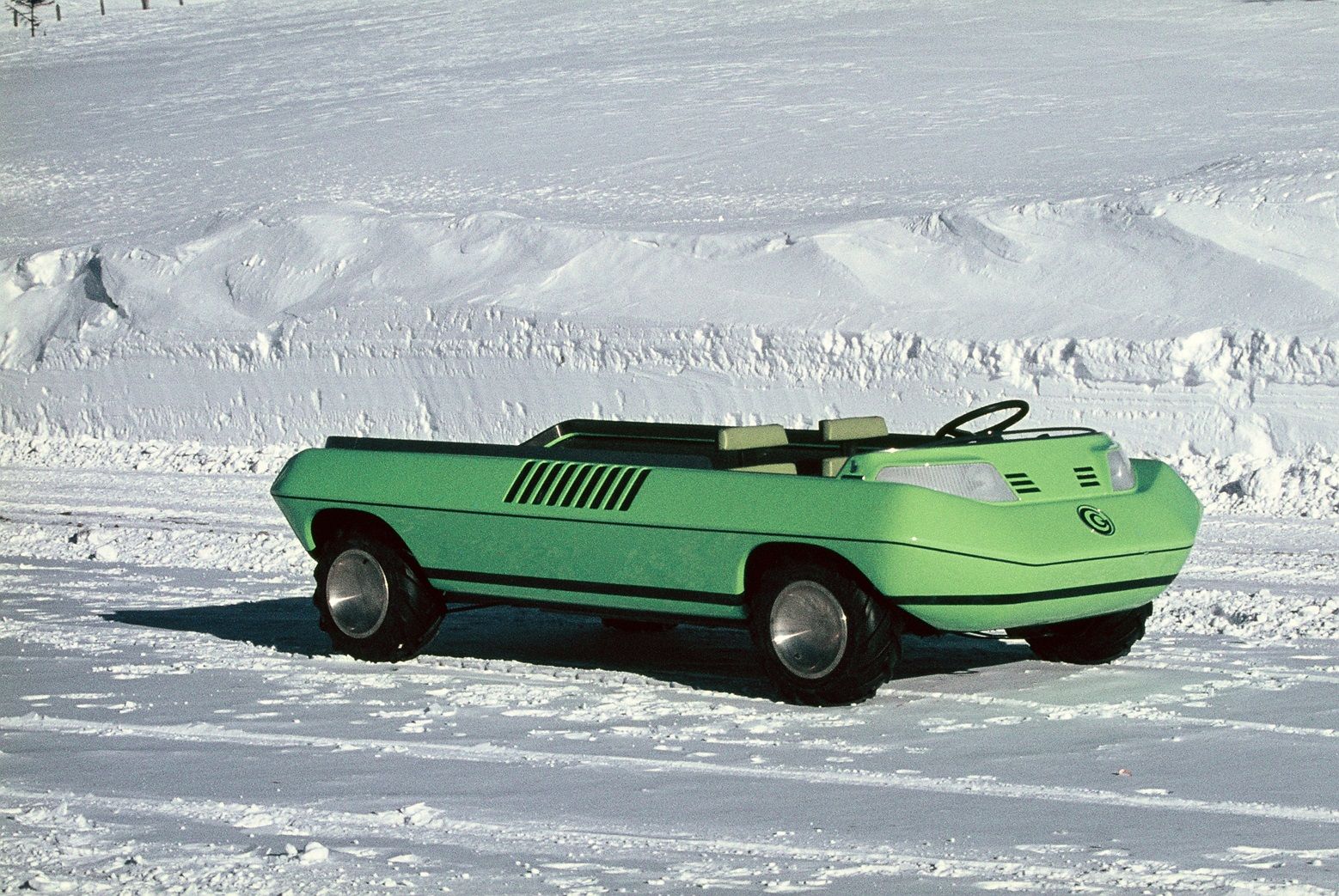
“I was inspired by the increasingly popular rubber inflatable dinghy boats,” Marcello Gandini, the late design chief at Bertone then, mentioned to the author in 2015.
Gandini came up with the design for a two-seat vehicle, featuring a fairly long and flat load bay on which anything from a snow scooter to a dirt bike could be loaded—with the help of a ramp, which doubled as the tailgate—that could be lowered by using pulleys driven by the steering wheel.
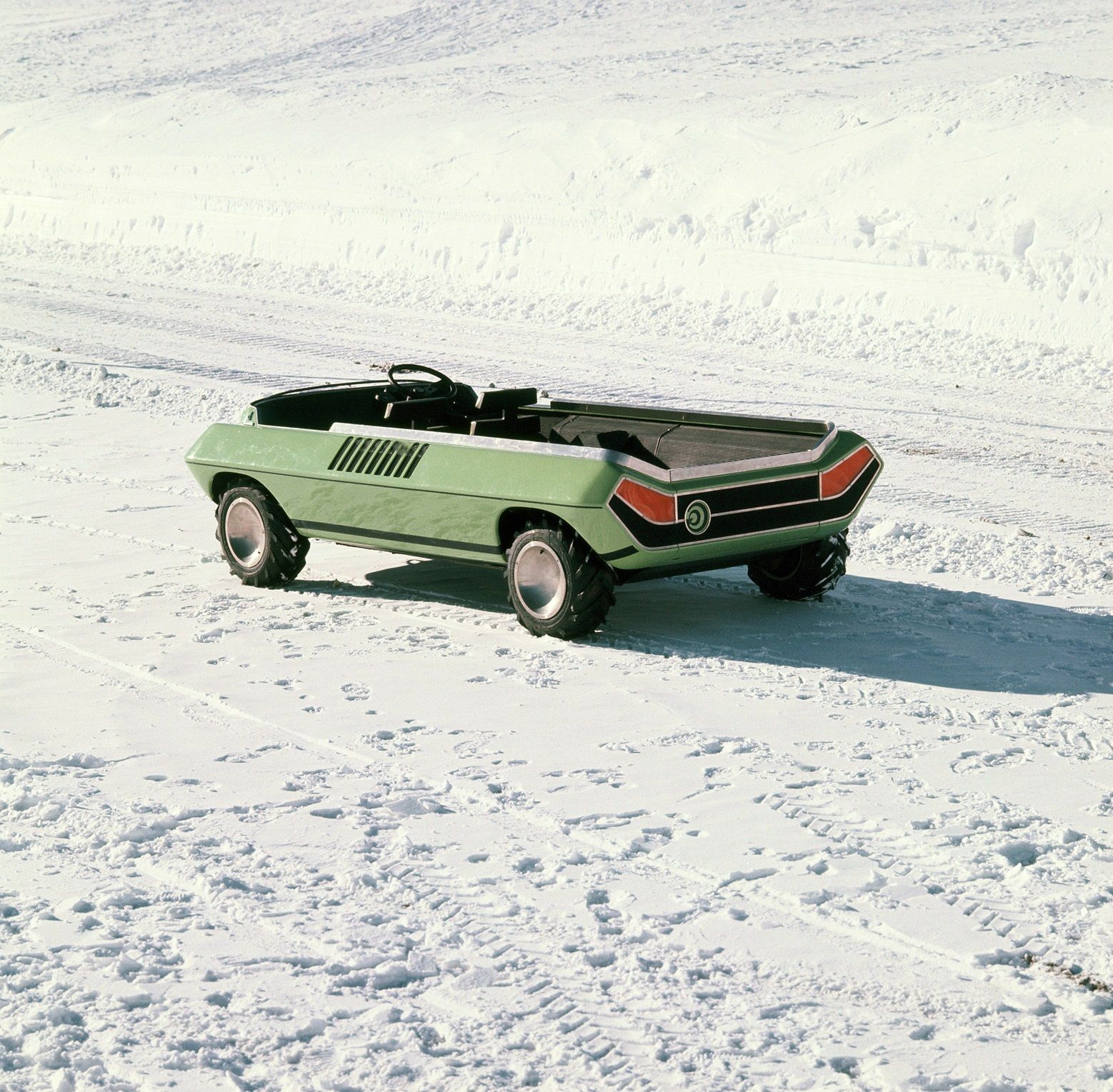
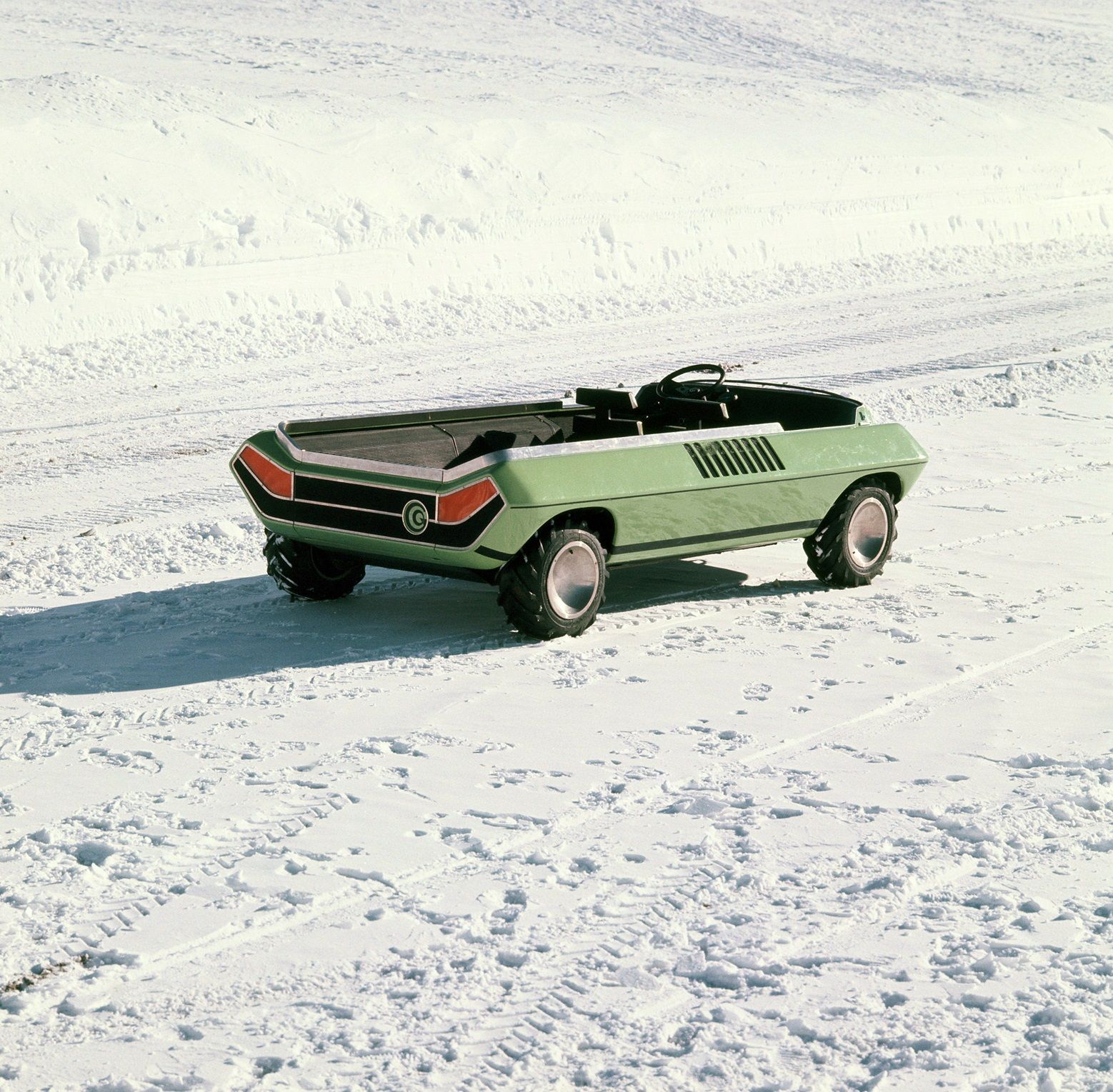
Powering the vehicle was a three-cylinder 67bhp Suzuki 750 motorcycle engine, with drive going to the rear wheels via a chain and a five-speed differential-inverter gearbox developed by Bertone themselves that gave the vehicle five forward as well as five reverse speeds!
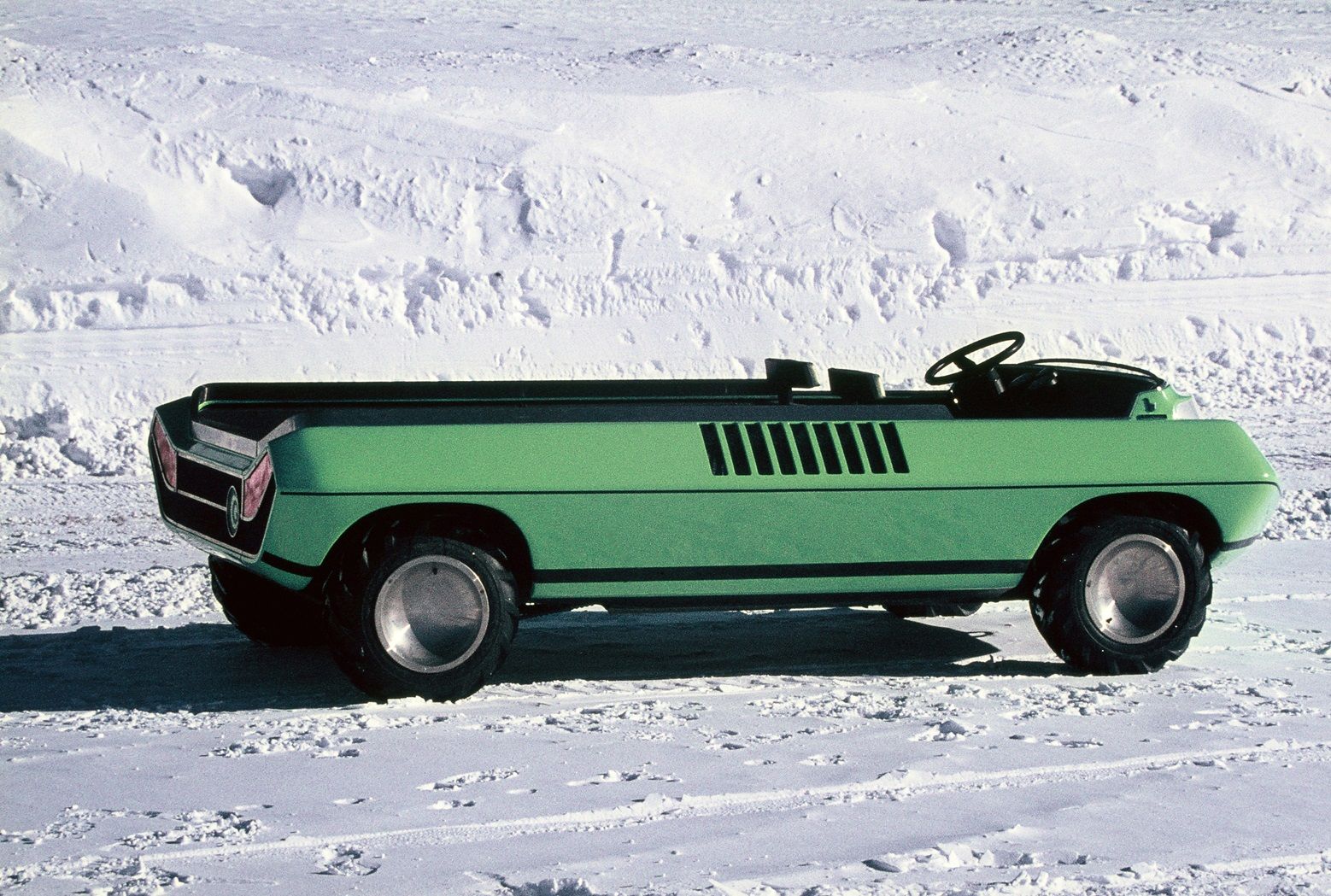
The compact motor was located on the wing behind the driver, with the radiator and a luggage box snuggling into the wing aft of the passenger.
Painted a bright green the Go (as in go-anywhere) was a delightful back-to-basic design, sans doors, windows, windscreen, nothing. The seats consisted of strips of padding that allowed for water or snow to drip through.
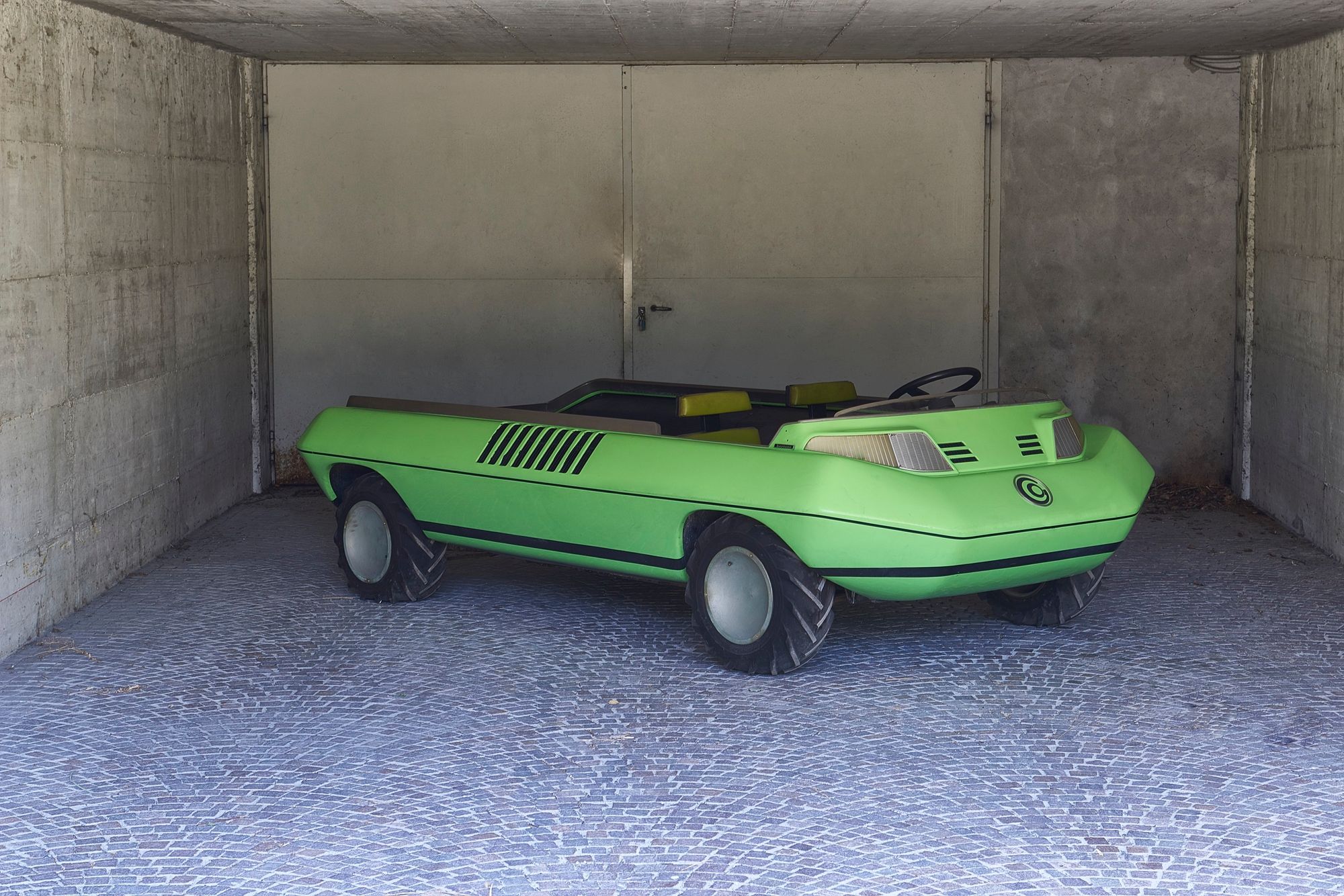
If one needed to take to water, the Go was designed to float and for propulsion all that was needed was to clamp an outboard motor to the tailgate. Chunky off-road tyres along with a very pronounced ground clearance and a light weight helped tackle dirt roads and snow.
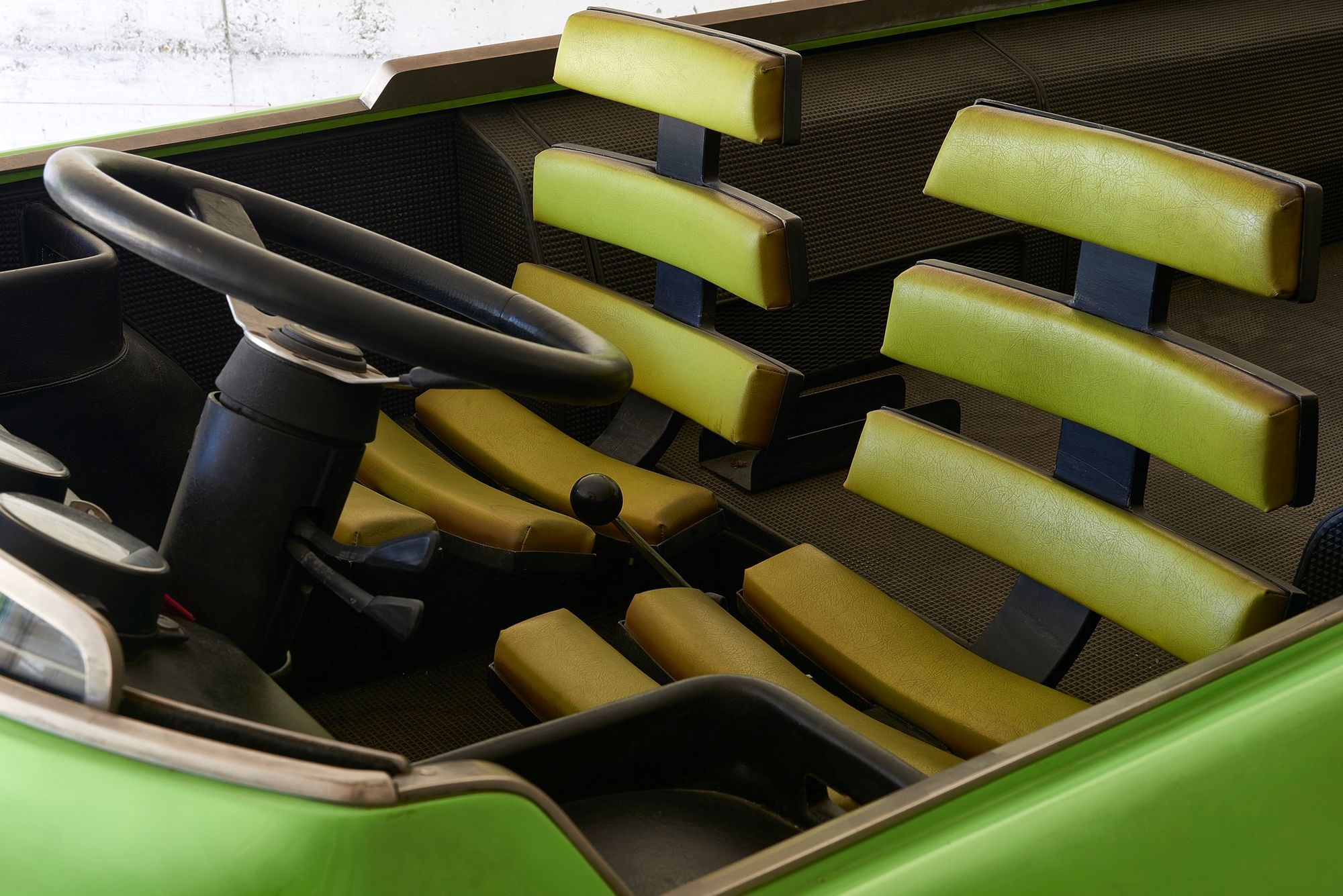
A most interesting design feature was the asymmetrical air intake/extractor vents on the flanks—the ones on the left of the vehicle, where the engine was located, numbered more than the ones on the right.
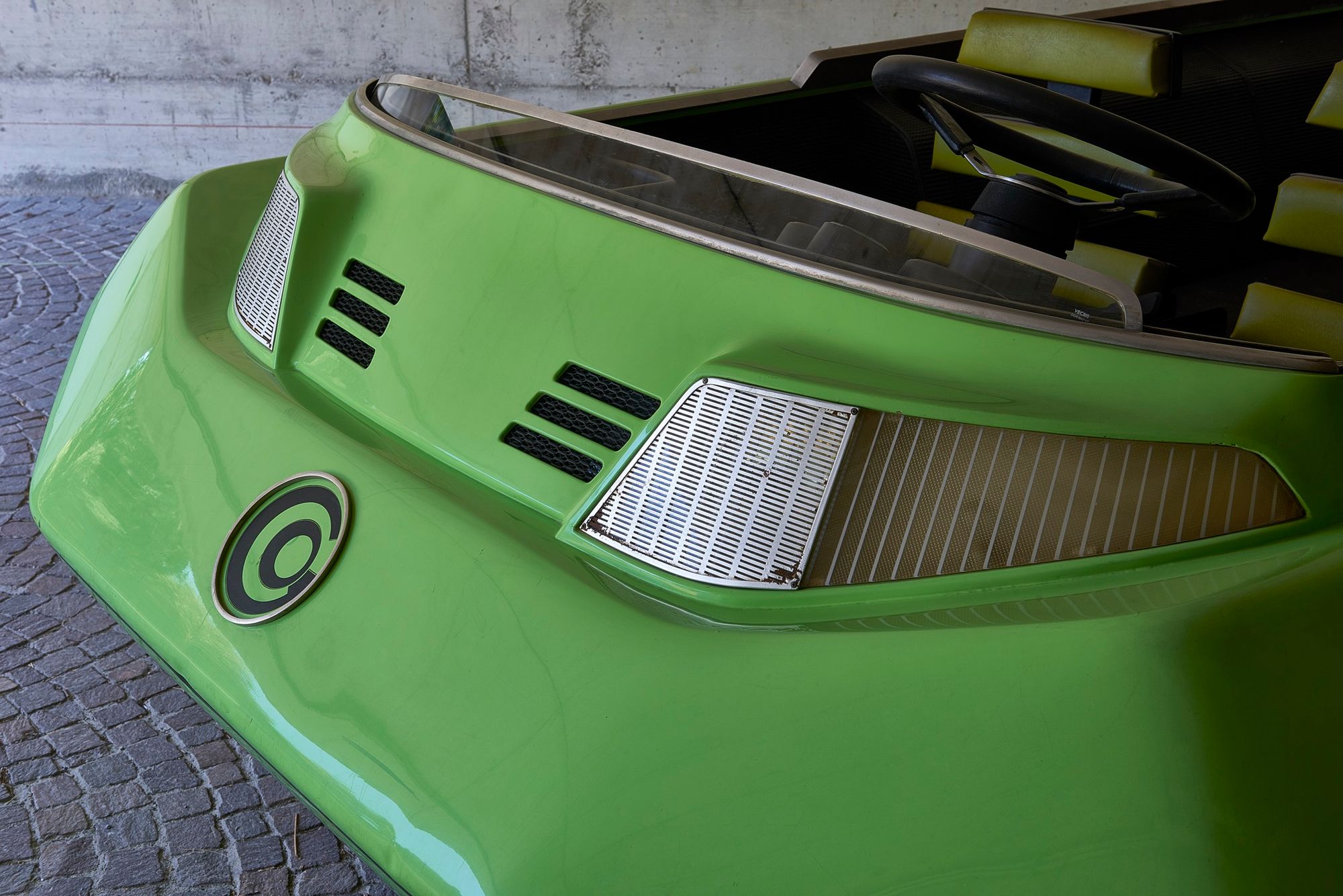
It was with the Go (and the Maserati Khamsin that followed) that Marcello Gandini began experimenting with asymmetrical detail motifs. “The Suzuki Go was a really fun project,” Gandini had told the author, “I really enjoyed working on developing the vehicle.”
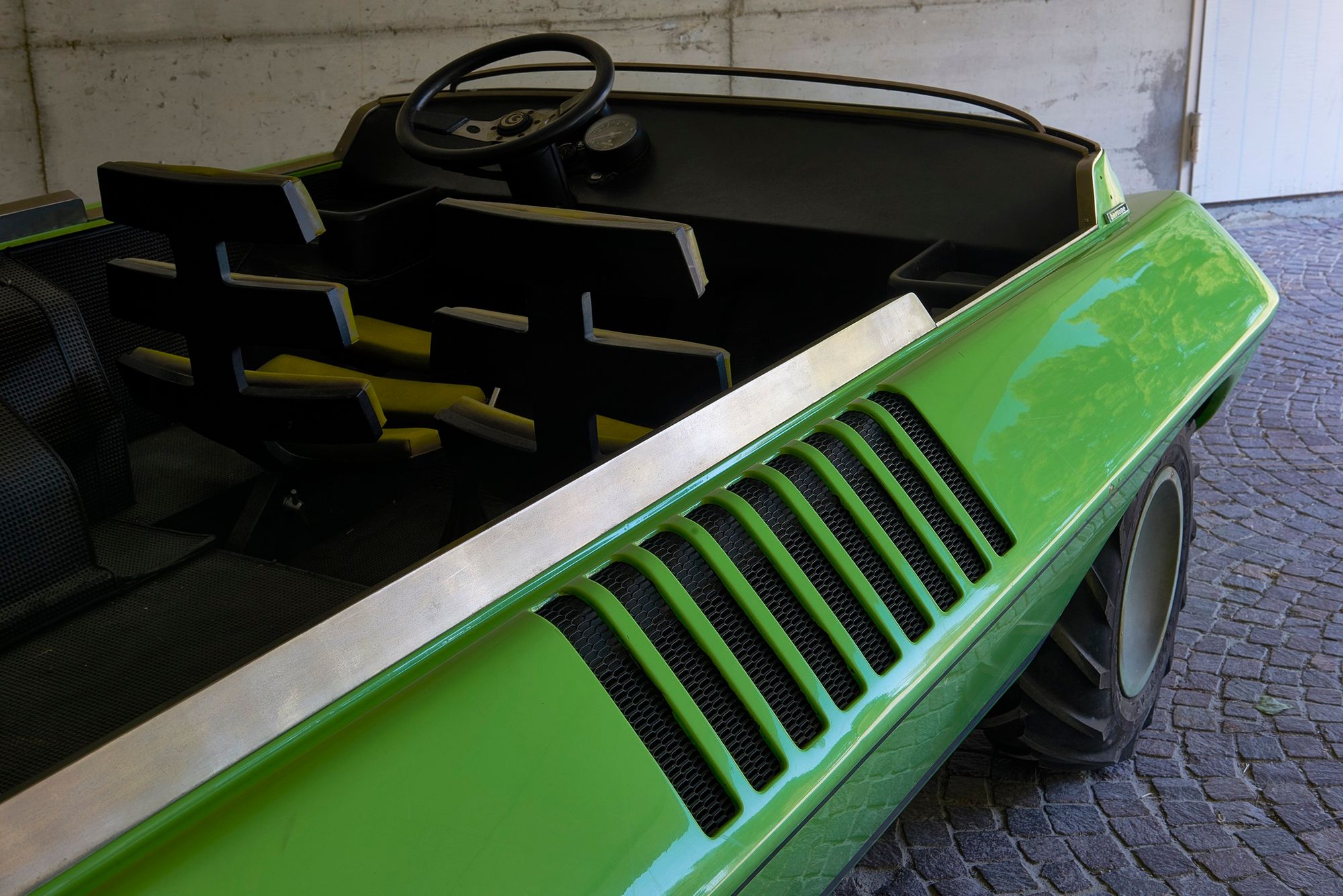
Unveiled in January 1972, at the Brussels Motor Show on the 12th of January, the Suzuki Go was one of those concept curiosities that remain interesting technological footnotes in the history of the automobile.
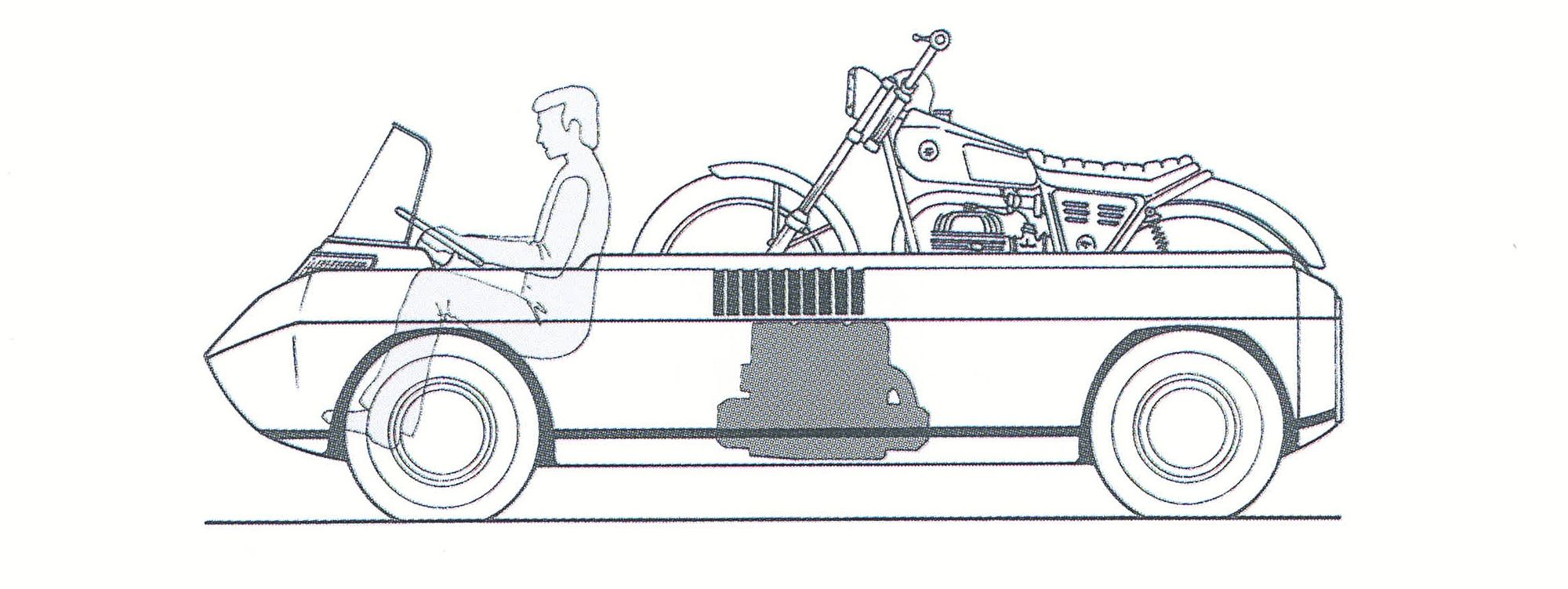
After a very long hiatus, the Suzuki Go is being exhibited at the Auto e Moto d'Epoca in Bologna, from today (24th October) until the end of the exhibition on 27th October, at the FIVA stand in Hall 21, booth B6. If you are in Italy, make it a point to drop by and check out this fascinating bolide.
Comments
Sign in or become a deRivaz & Ives member to join the conversation.
Just enter your email below to get a log in link.
